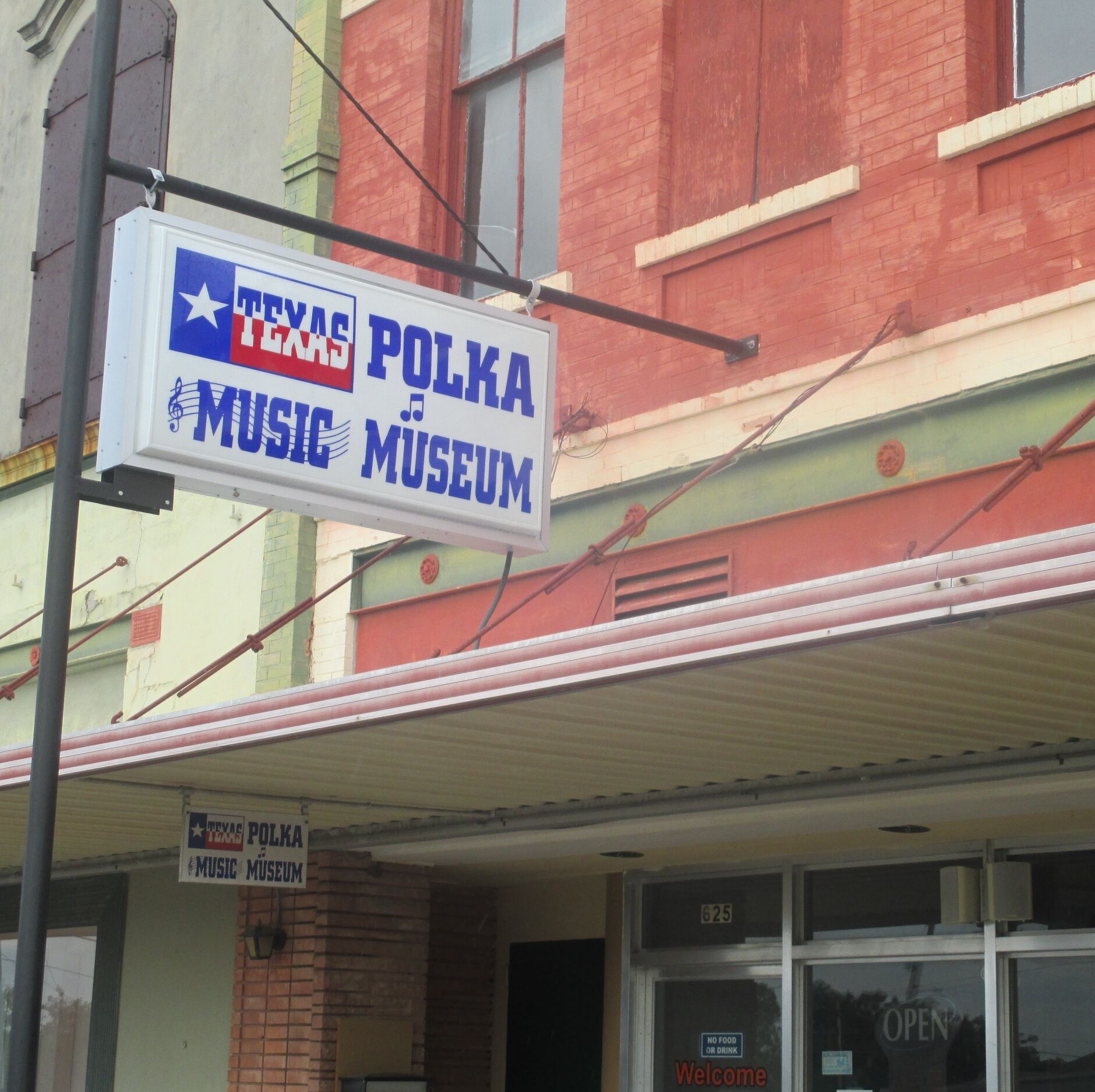
Cassidy & Blake
Cassidy & Blake
Things to Do
Texas Polka Music Museum Inc
The Texas Polka Music Museum, Inc. (TPMM) is dedicated to preserving the history and legacy of polka music in Texas by honoring Texas polka bands and musicians of Czech, German and Polish ancestry. The Texas polka DJ's will also be honored for their contribution to preserving polka music.
The Painted Churches
This area of Texas is best know of its rich German and Czech heritage. When these settlers immigrated to Fayette County in the 1800’s, they brought their culture, food and faith. Following the deep traditions of the motherland, they built amazing churches that rival the cathedrals of Europe – known today as the “Painted Churches.” From the outside, they look like ordinary country churches, but inside you’ll find ornate altars, intricately painted frescoes and details that make you feel as if you’re standing in Old World Europe. Saint Mary’s Catholic Church of High Hill is considered the “Queen of the Painted Churches.” One step inside and you’ll understand why. St. John the Baptist Church in Ammansville is known as the “pink one” (at least inside.) And Saints Cyril and Methodius Catholic Church gives visitors a quaint view of religious life, but still in painted church glory.
The Stanzel Aircraft Museum
Tour the Main Museum where exhibits include static and interactive displays exploring the Stanzels' love of flight. Next door, enter the Factory Wing and learn about the development and manufacturing of model aircraft during the modern mid-century, the peak period of Stanzel production and a dramatic era of aviation and rocket technology evolution. Then cross the museum complex grounds to the Stanzel family homestead where Grandma and Grandpa Stanzel kept a tidy, turn-of-the-century home. The restored farmhouse is complete with late-1800’s furnishings.
Schulenburg Historical Museum
Schulenburg was a boom town that came into being almost overnight when the Galveston, Harrisburg and San Antonio (GH&SA) Railroad built its tracks into the area in 1873. By some accounts, the first train stopped in Schulenburg on December 31, 1873. Old town Schulenburg was originally one square mile and had a population of 1,000 people. Cotton, cotton seeds, and hides from cattle and buffalo were shipped daily from the rail station.
Sengelmann Hall
Sengelmann Hall is an 1890s Texas dance hall that was fully restored by Dana and Hana Harper. Fortunately, when Dana and Hana purchased the building in 2007, most of its original architectural features were still intact. While completing renovations, they were careful to preserve every detail they could, like the decorative stenciling on the walls that was underneath the paint. Carpenters recreated the mahogany bar from photographs. Finally, in June of 2009, the hall reopened.
You’ll find that mahogany bar and a huge dining room downstairs. Momma’s at Sengelmann Hall serves “home-cooked cuisine with a Euro-Texas twist.” Handmade pizza and burgers get the top recommendations here. They also have some traditional entrees, like ribeye or salmon, for dinner. I had a hard time choosing but settled on the avocado burger and peach cobbler with, yes, ice cream.
The dance hall occupies the second floor. There’s live music on Wednesdays and they have booked some legendary performers over the years.
